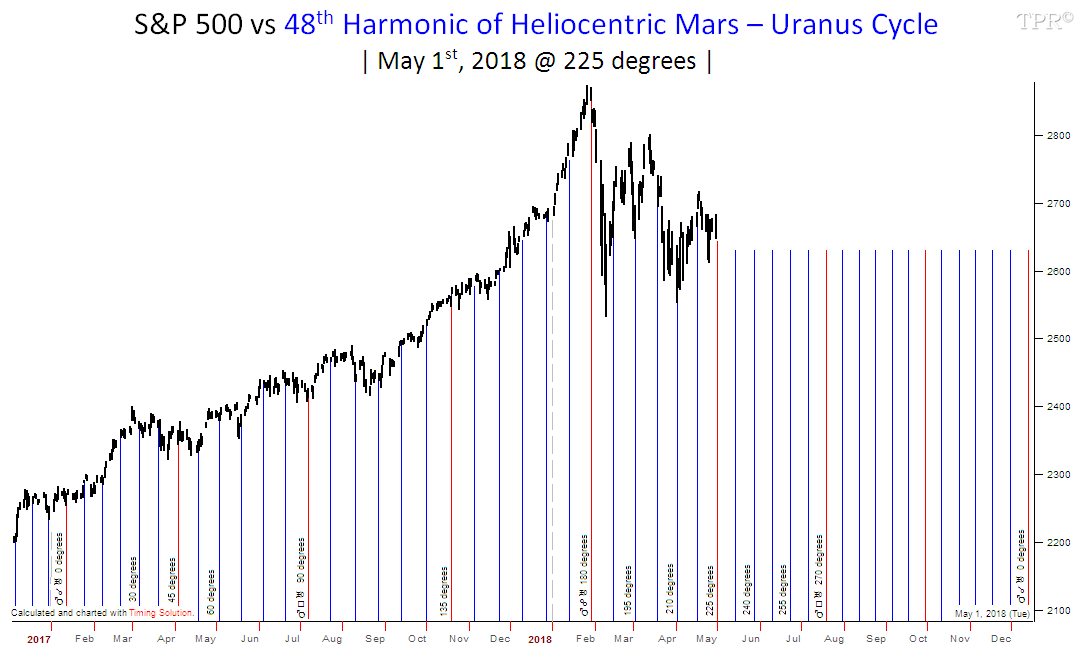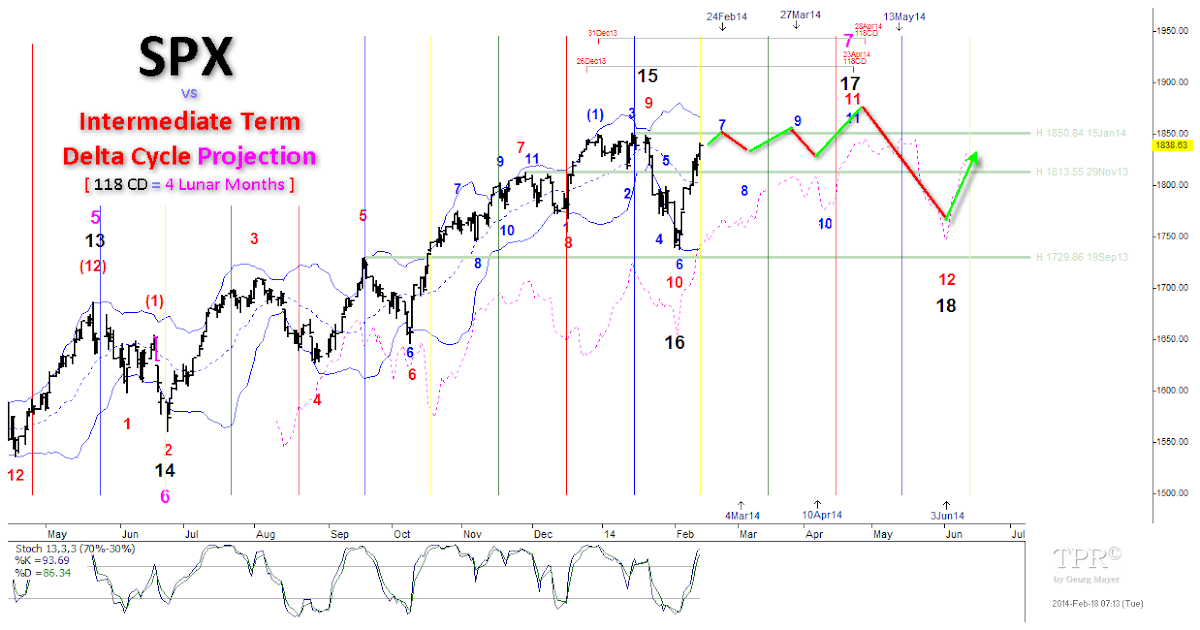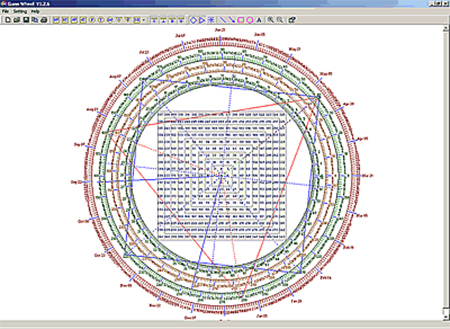

Because this was last century, not this century, there is little inflation overall although the price varied considerably. When this technique is used the spectrum has the same peaks but the shorter term ones are emphasised at the expense of the longer ones.Įxample 1 shows the Price of Wheat over a period of more than 100 years. When it comes to making predictions then we want to know whether it will go up or down and by how much.

This is applicable for price data also, as we then create a rate of price change series which is generally more interesting. If the result of taking logs is to make the short and medium term variations more consistent in amplitude over the whole series then it is probably a good idea.Īnother useful prepatory function is to take differences of adjacent data points. This is true of all measurements made in currencies and with population bases, especially if they are long term series. For data of this type taking logarithms before looking for cycles is highly desirable. When a Stock Market Index of 200 years is constructed we find that, partly due to inflation, the index has grown in a compound manner. One of these is that the fluctuations are of similarly meaningful amplitude of the time period. It is desirable to have certain characteristics in data before it is analysed for cycles.

There are methods to interpolate the frequency and find the best estimate for each cycle that is considered real. However if a graph is made of the amplitude versus frequency of the components then real cycles will stand out as having much higher amplitudes, possibly on several adjacent frequencies. It is important to understand that any series can be exactly constructed from sine waves and so it does not prove that real cycles exist. There are many different techniques available in cycles analysis and this is a short guide to the main ones and when they are appropriate.įourier Analysis is the standard method for converting any time series into the sum of a series of sine waves of different frqeuencies.


 0 kommentar(er)
0 kommentar(er)
